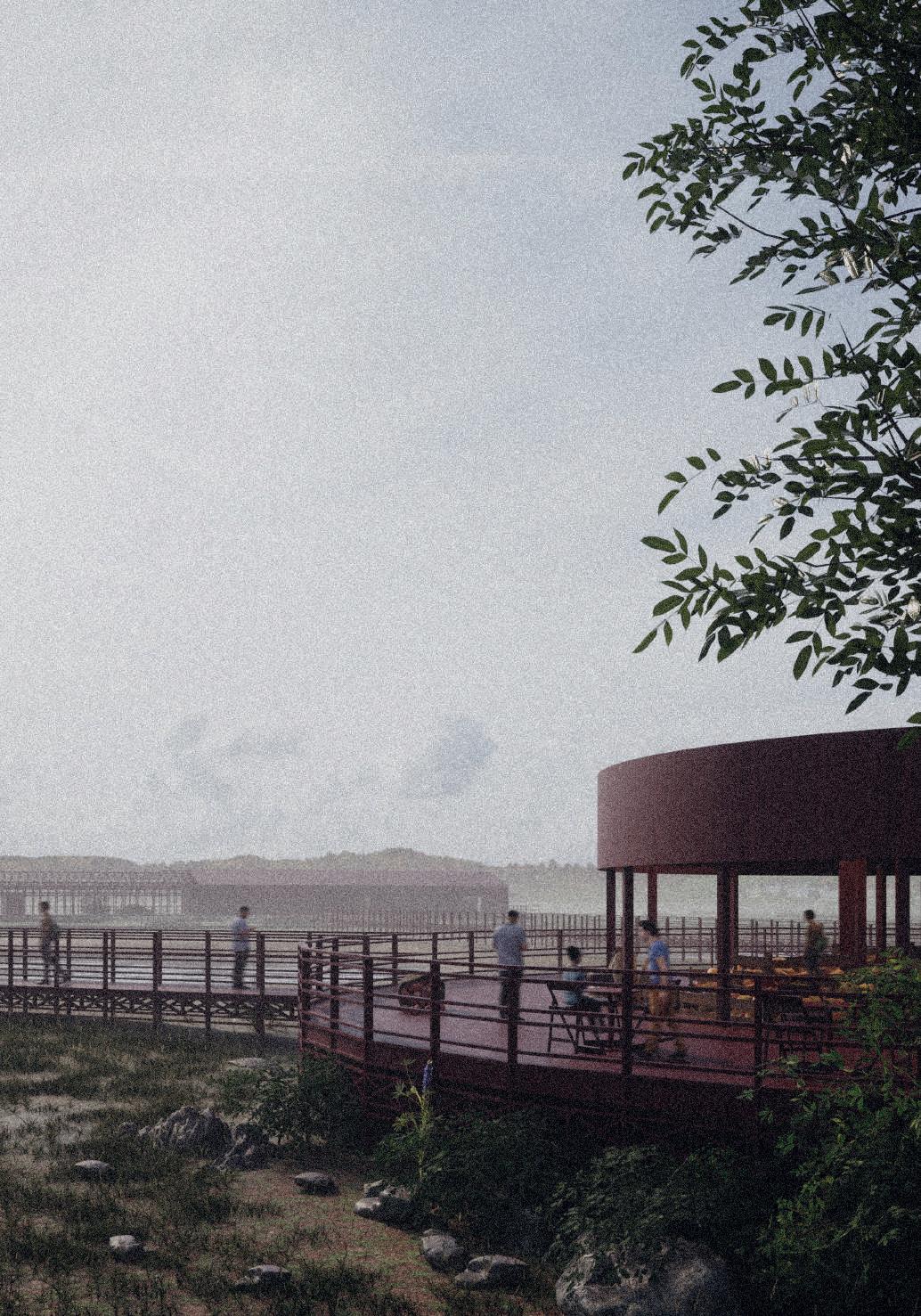
1 minute read
Projects Infrastructure for Cooperation and Balance
from Portfolio Felipe C.
by Felipe Cofré
The lack of a clearly defined border, subject to fluctuations caused by various external factors give rise to a sense of ambiguity and uncertainty. This, when coupled with the pre-existing socioeconomic challenges in Venezuela that extend to the border region contributes to an inherent imbalance and hampers the potential for cooperation between the neighboring cities of Ureña and Cúcuta.
To effectively address these complex issues and create a more harmonious environment, the overarching objective of the project is to establish an external infrastructure.
Advertisement
This infrastructure will not only serve to unify the two borders but also foster the creation of dedicated spaces that facilitate exchange and collaboration among residents. By developing these enticing points of attraction, the project aims to inspire active participation and foster mutual understanding between the communities.
Simultaneously, the project seeks to redefine the concept of a border, transforming it from a divisive and restrictive element into a unifying and traversable entity.
This external infrastructure is a wooden platform that runs along the entire river that separates both cities and rests on it, to respect the existing physical context and not suffer major modifications or alterations.
In certain strategic sections, square modules are created and the volumes that contain the program, both productive and distribution or exchange, are placed on them. Both programs focus on the strengths and shortcomings of both border cities, allowing cooperation to enhance sociocultural and economic relations in the area.
In order to choose the place where the volume and structure are placed a series of parameters are created that govern their placement and are explained below. Among the main ones is the use of a square orthogonal Grid that fictitiously poses and that allows ordering the Project on the river






